Ghost of Tsushima - Cultural Representation and Open World Design
- Aug 07, 2024
- 968
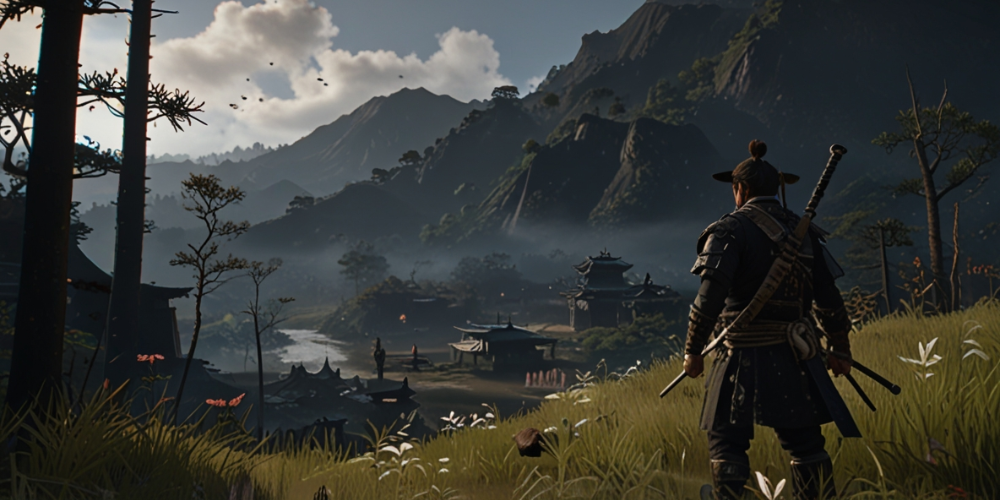
As I embarked on my journey through the stunning landscapes of Ghost of Tsushima, I was immediately enthralled by the vivid universe created by Sucker Punch Productions. The lush fields, the towering mountains, and the iconic cherry blossom trees engulfed me in an experience that felt both immersive and deeply respectful of Japanese culture. My exploration of Tsushima Island began, but it wasn't just the breathtaking scenery that made my adventure meaningful; it was the game's rich cultural representation and meticulous open-world design that left a lasting impression on my gaming experience.
The Allure of Tsushima Island: A Visual Masterpiece
As I stepped into the shoes of Jin Sakai, I marveled at the attention to detail in every aspect of the environment. The open world was not just a backdrop; it was alive with color, sound, and history. Each region—from the rolling hills of the Grasslands to the somber beauty of the forests—felt distinct and carefully curated. The developers ensured that natural elements worked harmoniously with cultural landmarks, and I frequently paused my quest just to take in a breathtaking vista, marveling at how the light filtered through the leaves.
Historical Context: A Sense of Place and Time
What kept pulling me deeper into the narrative was the game’s commitment to historical authenticity. The events of Ghost of Tsushima are rooted in the Mongol invasion of Japan, detailing the struggles and resilience of the samurai. As I uncovered the story through side quests, I began to appreciate how the game represented not only the battles fought but also the cultural ethos of Japan during that period. The mythos surrounding the samurai code, bushido, was intricately woven into the game, adding depth to Jin's character and decisions.
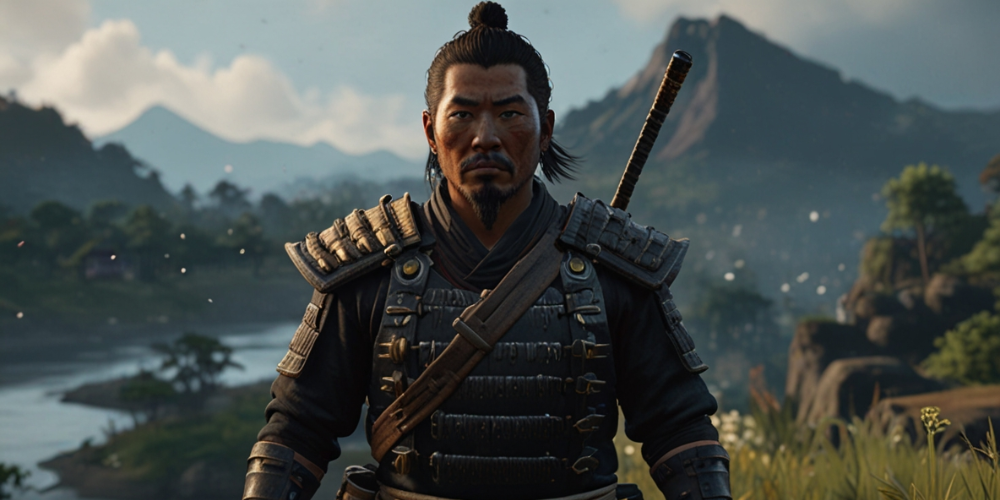
Interactivity and Engagement: Learning Through Gameplay
One of the most impactful facets of Ghost of Tsushima was how it encouraged me to engage with its world interactively. Unlike many open-world games that lead players by the hand, this game skillfully combined exploration with cultural education. I stumbled upon shrines, tales, and collectibles that were dedicated to traditional Japanese culture, folklore, and spiritual beliefs. This aspect transformed my gaming experience into a learning journey.
Cultural Representation: A Thoughtful Approach
As a player, I was particularly struck by how the game depicted the lives of various characters from diverse backgrounds. The developers took special care to portray the Japanese culture accurately without resorting to stereotypes or clichés. From the companions I battled alongside to the villagers I helped, each character felt three-dimensional and authentic. It created an emotional connection that made my journey more impactful.
A World Based on Exploration: Finding My Own Path
The freedom to explore at my own pace was liberating. Ghost of Tsushima provided an open-world design that felt organic rather than cluttered. I could pursue the main storyline or get lost in smaller quests, hunting for artifacts or engaging in duels that showcased Jin's evolving skills as a warrior. This lack of hand-holding made every decision feel weighty; every turn taken led to new discoveries or challenges, reflecting the unpredictability of real-life exploration.
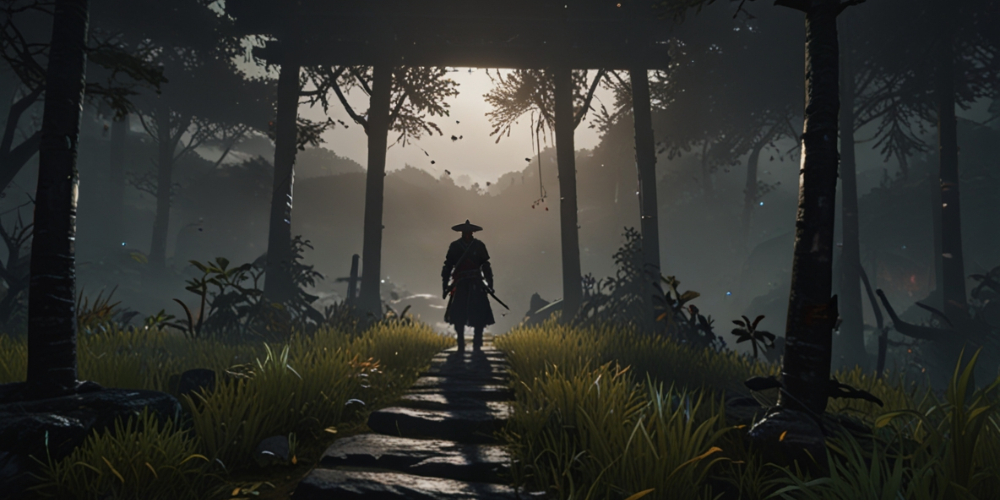
Environmental Storytelling: Each Element Has a Purpose
While navigating the beautiful landscapes, I noticed that each element had a story to tell. The beautiful landscapes weren’t just for aesthetic value; they were intricately woven into the game’s narrative. The ruins of ancient temples, the scattered remnants of battle, and the vibrant flora all contributed to an underlying story that unfolded with exploration. For instance, a once-majestic temple now lay in ruins, serving as a reminder of the past, while the wind—used as a navigation tool—felt like a guiding hand ushering me toward new adventures.
Combat Mechanics: Respecting the Warrior's Code
The combat system reflected the essence of samurai ethics, focusing on respect, strategy, and artistry in battle. As I engaged in fights, each movement resonated with the principles of bushido, reminding me of the weight behind being a samurai. I could choose to approach confrontations in various ways, favoring stealth or head-on combat. My choices influenced not only the outcome of the battles but also Jin's transformation as he decided what kind of warrior he wanted to become.
Music and Sound Design: An Auditory Reflection of Culture
The soundscape was another layer that made the experience richly immersive. The traditional Japanese soundtracks complemented the landscapes, enhancing every moment of the game I participated in. The emotional depth of the music enhanced the narrative arcs and undoubtedly contributed to some of the more poignant moments I encountered. I found myself deeply moved during encounters that were fortified by the game’s soundtrack, lending the moment a cultural resonance that spoke to the heart of the samurai experience.
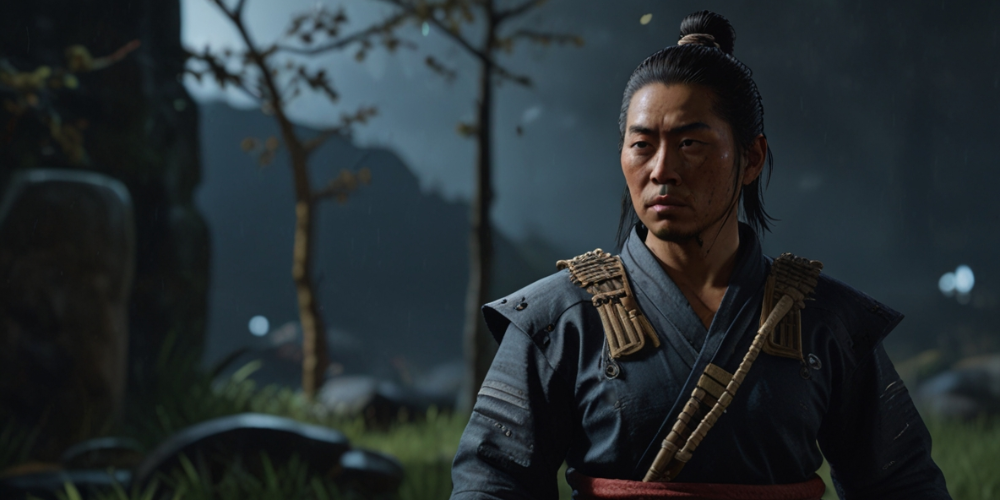
Dynamic Weather and Day-Night Cycle: The World Alive
As I wandered through the open world, the dynamic weather and realistic day-night cycle made it feel as though Tsushima was truly a living, breathing entity. Rain storms would roll in, changing the visuals and mood entirely, while the quiet nights offered a stark contrast, allowing me to relish the serenity and calm after chaos. This design choice added layers to my exploration, instilling a sense of unpredictability and authenticity that I found exhilarating.
Symbolism and Themes: A Deep Cultural Analysis
As I progressed through the game, I became more aware of the symbolism layered within its themes. The struggle between honor and necessity became a recurring motif, highlighting the complexities of Jin's character as he grappled with his dual identity. It was a theme that mirrored Japan’s own historical and cultural evolution, forcing me to reflect on the moral nuances present in both his journey and the broader picture of samurai culture.
Side Quests as Cultural Landscapes: The Heart of the Game
Engaging in side quests offered insight and depth into the lives of the inhabitants of Tsushima. Each task I undertook wasn’t just a means to earn experience points but rather a gateway to understanding the cultural landscape of the time. Meeting the various characters revealed stories of loss, resilience, and community, further enriching my experience and establishing a sense of connection with the island and its people. These quests weren’t mere distractions; they were crucial threads woven into the game’s overall narrative fabric.
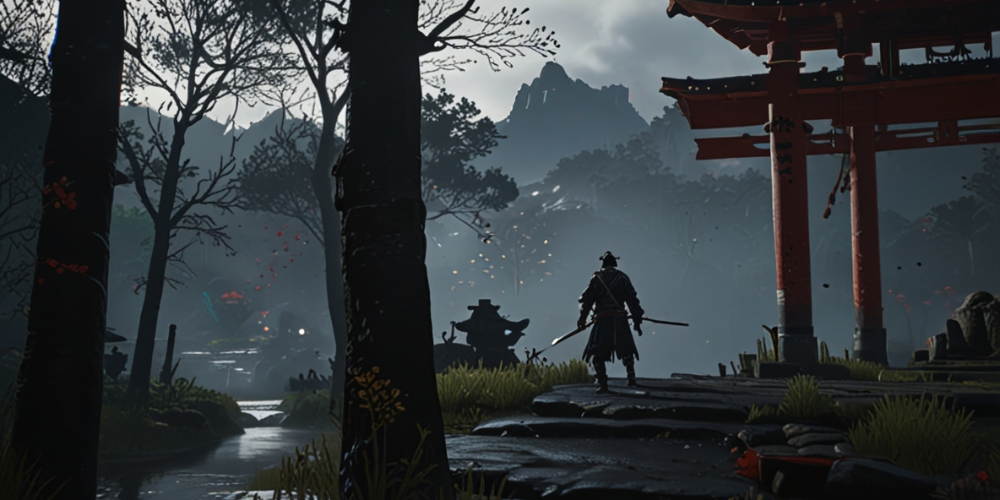
Visual Storytelling Through Art and Aesthetics
The artistic direction of Ghost of Tsushima deserves a moment of recognition. Every frame seemed composed like a painting, allowing me to appreciate the beauty of traditional Japanese art. From the design of Jin’s armor, rich with history and significance, to the exquisite backdrop of each duel, I felt as if I was a part of an art piece that honored the heritage of the culture. The game formed a visual dialogue, bridging past and present.
The Influence of Legends: Bridging Reality and Myth
In many ways, Ghost of Tsushima felt like a living legend. The use of folklore within the gameplay provided context and emotion to my journey. My connection to the spirits I encountered became a metaphor for the struggle between legacy and change, making me reflect on the timeless battle between tradition and a rapidly evolving world. Through Jin's eyes, I began to see the samurai mythos not only as a historical account but as a representation of broader human conflicts.
Community Engagement: A Platform for Dialogue
The release of Ghost of Tsushima sparked conversations in the gaming community, illuminating how cultural representation in games can lead to better awareness and understanding. Audiences discussed their experiences, perceptions, and even reservations about the portrayal of Japanese culture, allowing for a richer dialogue that transcended the game itself. It was gratifying to be a part of a community that examined such rich themes deeply, fostering respect and curiosity.
The more I delved into Ghost of Tsushima, the more I understood it as a multi-faceted exploration of culture, identity, and artistry. It was a consortium of experiences—traveling, fighting, learning, and connecting. My journey across the beautiful island wasn’t just about the external battles; it was an internal exploration of character and history. Through this lens of cultural representation and open-world design, I found a connection that transcended gameplay into something profoundly meaningful.